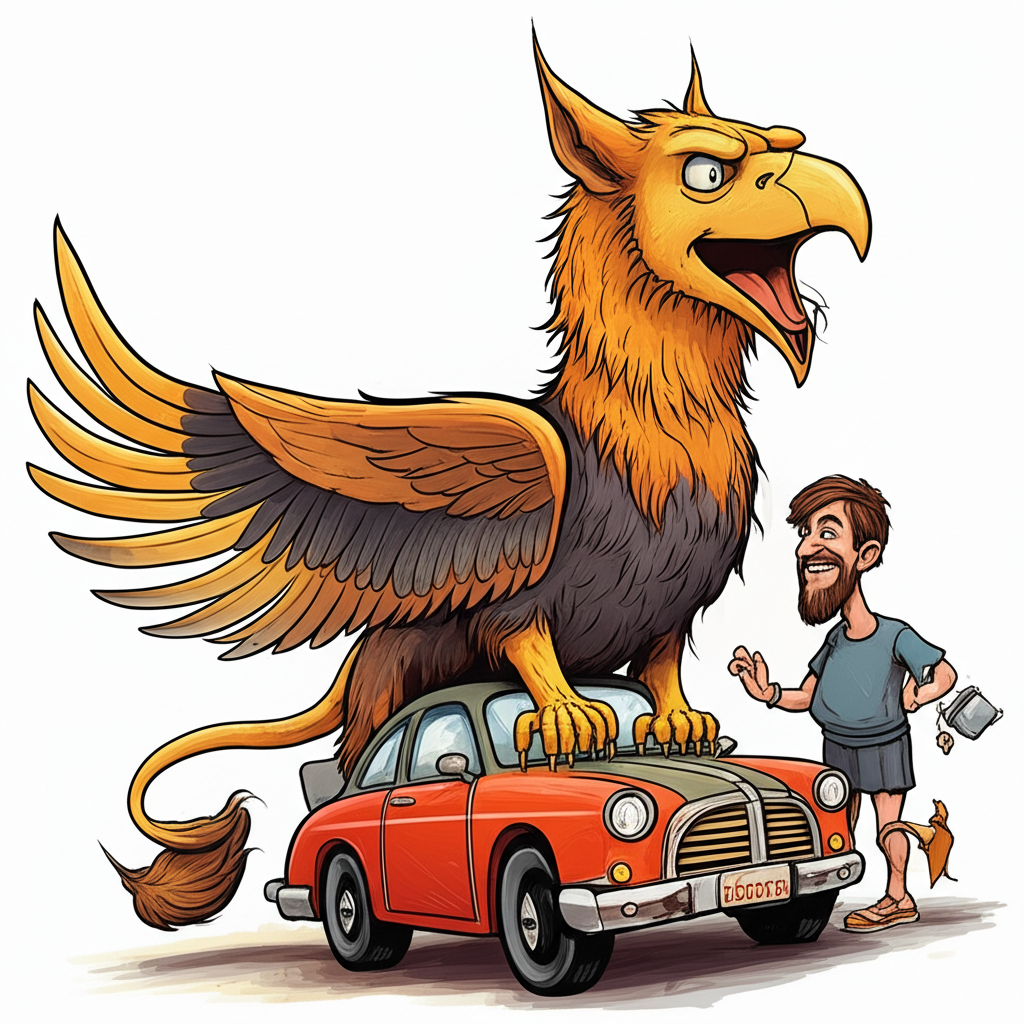
The windswept plains of ancient Mesopotamia, cradled between the Tigris and Euphrates rivers, were a cradle of civilization, and with it, a rich tapestry of myths and legends. Among these ancient narratives, tales of powerful, often terrifying, beings were woven to explain the mysteries of the cosmos and the complexities of human existence. One such creature, whispered about in the shadows of grand ziggurats and etched onto clay tablets, was the Anzu. This is a traditional story, a product of the fertile imagination of ancient peoples, not a historical account or a divine revelation.
The era in which these stories flourished was one of burgeoning empires, city-states, and a profound connection to the natural world. In Mesopotamia, roughly from the 4th millennium BCE onwards, people lived under the vast Mesopotamian sky, witnessing the awesome power of floods, droughts, and storms. Their world was one perceived as being directly influenced by divine forces and mythical entities. Gods and goddesses were seen as active participants in daily life, and their actions, or the actions of beings associated with them, were often interpreted as explanations for the unpredictable nature of their environment. The Anzu, a creature deeply intertwined with these celestial and terrestrial forces, emerged from this worldview.
The Anzu itself is depicted as a fearsome entity, a hybrid of avian and leonine features. Its most striking characteristic is its immense size and power. It is often described as having the body of a lion, signifying strength and ferocity, and the head and wings of a great eagle or vulture, representing dominion over the skies and a keen, predatory gaze. Its talons were said to be like those of a bird of prey, capable of rending and tearing. In many retellings, the Anzu is also associated with storms, wind, and thunder, its cry a terrifying roar that echoed across the heavens. Its symbolic attributes lie in its representation of untamed power, of the chaotic forces of nature that could both nurture and destroy. It was not a benevolent deity but a force to be reckoned with, embodying a primal wildness that was both awe-inspiring and deeply unsettling.
Imagine, then, standing on the outskirts of the magnificent city of Nineveh, its walls a testament to human endeavor, its palaces adorned with intricate reliefs. The sun, a searing orb in the Mesopotamian sky, begins its descent, casting long, ominous shadows. A chill, not of the evening air, but of something ancient and profound, begins to creep into the hearts of the city dwellers. This is the time when the legend of the Anzu would resurface, a cautionary tale whispered to keep the young from straying too far from the safety of the city walls after dusk.
The narrative often begins with the Anzu’s ambition, its desire to usurp the divine order. In some versions of the myth, the Anzu steals the Tablets of Destiny, objects of immense power that dictate the fate of gods and mortals alike, from the chief god Enlil. This act of defiance would plunge the cosmos into chaos. The sky would darken, the winds would howl with unnatural fury, and the very fabric of reality would seem to fray. The Anzu, perched on its high mountain lair, would survey its domain, its shadow casting a pall over the land.
The story might then follow the efforts of heroic gods or mortals to reclaim the stolen tablets and restore order. It would describe the perilous journey, the battles against the Anzu’s formidable might, and the ultimate triumph of righteousness or divine will. The imagery would be vivid: the thunderous beat of the Anzu’s wings shaking the earth, the piercing shriek that could disorient even the bravest warrior, the gleam of its predatory eyes as it swooped down from the heavens. The encounter would be depicted as a titanic struggle, a clash between the established order and the forces of primal chaos.
To the ancient peoples of Mesopotamia, the Anzu likely represented a multitude of things. It could have symbolized the untamed, destructive aspects of nature – the violent storms that could flatten villages, the predatory beasts that roamed the wilderness. It might also have embodied the fear of the unknown, of the power that lay beyond human comprehension. Its theft of the Tablets of Destiny could be interpreted as a commentary on the fragility of order and the ever-present threat of disruption. Furthermore, the Anzu’s struggle for power might have served as a metaphor for the political ambitions and conflicts that were common in their world, a reminder that even the mightiest could fall.
In the modern world, the Anzu continues to capture the imagination, albeit in a different context. It appears in various forms of literature, often as a formidable antagonist in fantasy novels or role-playing games. Its monstrous depiction makes it a compelling creature for authors and artists to explore, representing a powerful, ancient evil or a force of nature that must be overcome. In academic circles, the Anzu is studied as a significant figure in Mesopotamian mythology, offering insights into the religious beliefs, social structures, and worldview of these ancient civilizations.
It is crucial to reiterate that the Anzu is a figure from ancient folklore, a product of human storytelling and cultural expression. As Muslims, we recognize that the true Creator and Sustainer of all existence is Allah (God) alone. The stories of the Anzu, like other myths from around the world, are valuable for understanding the rich tapestry of human culture, our innate need to explain the world around us, and our capacity for imagination. They are echoes from a distant past, reminders of the enduring power of narrative to shape our understanding and to transport us to worlds beyond our immediate experience, celebrating the heritage of storytelling that connects us to our ancestors.





